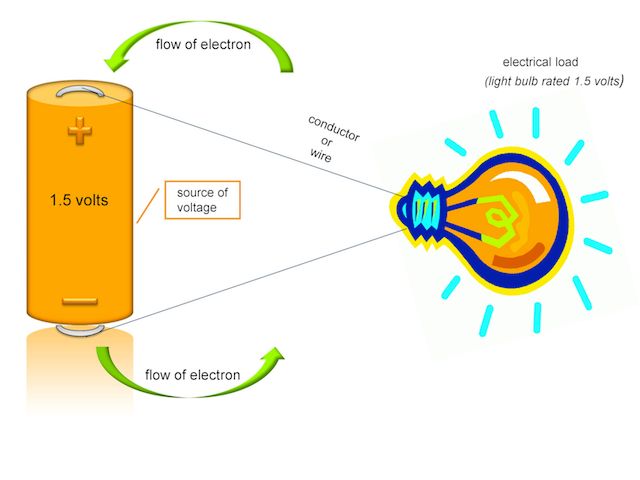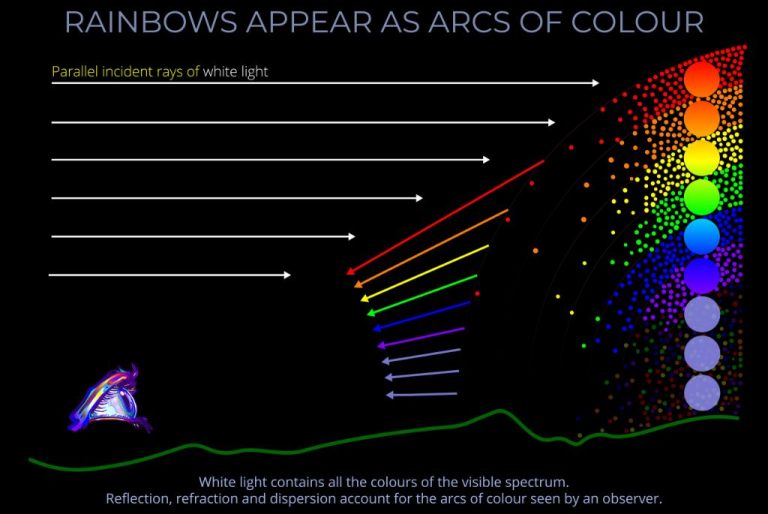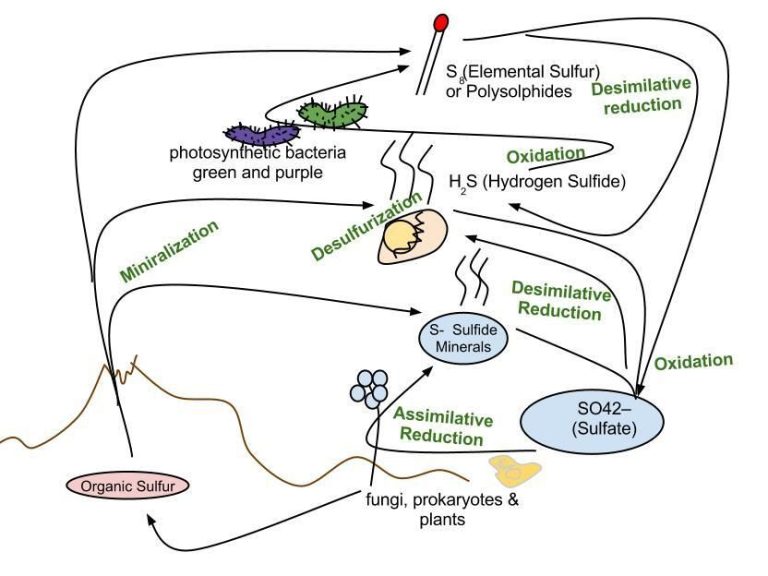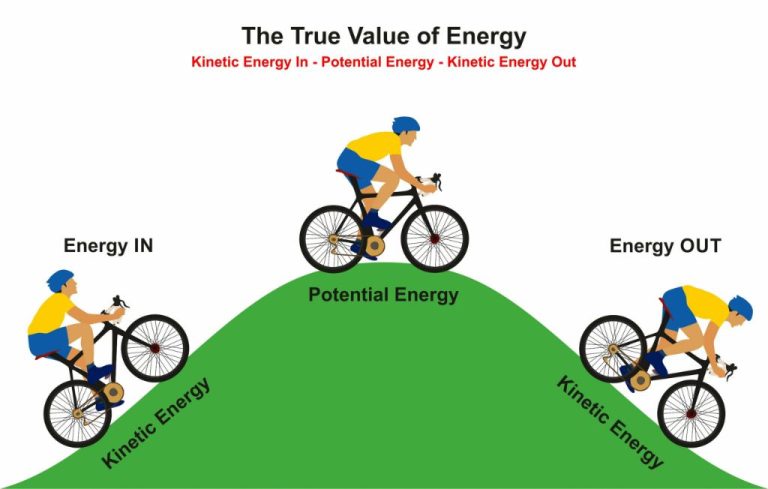What Is Electrical Energy Transferred By?
Electrical energy is energy that comes from the movement of electrons. Electricity refers to the flow of electrons, which can be harnessed to provide power. Electrons contain electric potential energy that can be transformed into other forms of energy like light, heat or motion. Electric current is the rate at which electric charge flows past a point in a circuit. When electrons move through materials that permit the flow of an electric charge, electrical energy is transferred. This electrical energy can be put to practical use in a wide variety of applications.
Electric Current
Electric current is defined as the rate at which electric charge flows past a point in a circuit. It is measured in amperes, which measures the amount of charge flowing per second. Electric charges in motion constitute an electric current.
In order for electric current to flow, there must be a closed loop or circuit for the charges to move through. This circuit provides a path for the charges to continuously flow. The driving force that pushes electric charges around the circuit is voltage, which is a measure of the potential energy per unit charge. Greater voltage leads to greater flow of charge or electric current.
Materials that allow electric charges to flow through them easily are called electrical conductors. Most metals like copper and aluminum are good conductors. Insulators do not easily allow electric charges to flow. Examples of electrical insulators include rubber, glass and air. Conductors allow for the transfer of electrical energy in circuits, while insulators block this flow of energy.
The amount of current or rate of flow depends on two main factors – the voltage applied and the resistance in the circuit. For a given voltage, higher resistance leads to lower current. Electrical devices are designed to operate at certain voltages and currents suited for their intended function.
Conductors and Insulators

When it comes to electrical energy transfer, materials can be grouped into two categories: conductors and insulators. Conductors are materials that allow electricity to flow freely, while insulators resist electrical flow. Metals like copper and aluminum are excellent conductors, which is why they are used in electrical wiring. Most non-metallic solids like plastic, rubber, and glass are good insulators, preventing the dangerous flow of electricity.
Conductors have large numbers of free electrons that can move about when voltage is applied. The free electrons allow electric current to flow easily. Insulators, on the other hand, have tightly bound electrons that cannot move freely. This prevents current from flowing through insulator materials. Conductivity is intrinsic to the atomic structure and bonds of different materials. Understanding conductors and insulators is key to controlling the flow of electricity safely and efficiently.
Voltage
Voltage, also called electric potential difference, is the force that pushes electrons through a conductor in an electrical circuit. It is measured in volts and represents the potential energy required to move electrons from one point to another in a circuit. Voltage is created by power sources like batteries, generators, or solar cells. The higher the voltage, the more potential energy is available to push current through a circuit.
Voltage can be thought of as electrical pressure, analogous to water pressure in pipes. A higher voltage leads to more current flow, just as higher water pressure enables more water flow through pipes. Voltage drop refers to the loss in voltage as energy is transferred and consumed by components in a circuit. Volts = amps x ohms, according to Ohm’s law. So for a given current flow, higher resistance in a circuit leads to higher voltage.
Common household voltage ranges from 110-120V in North America. Higher voltages are used for transmission from power plants to neighborhoods to minimize loss. Voltage must be stepped down before entering homes and businesses for safe use in lighting, appliances, electronics and more. Voltage is an essential force that enables the practical applications of electrical energy in our modern world.
Resistance
Resistance is the opposition to electric current flow in a circuit. All materials naturally resist the flow of electric current to some degree. Materials with a high resistance require larger voltages to enable electric current to flow through them, while materials with low resistance allow current flow more easily.
The resistance of a material depends on its physical properties and dimensions. Electrical resistance is measured in ohms, represented by the symbol Ω. Materials like copper and silver have very low resistance and are used as electrical conductors, while materials like rubber and plastic have very high resistance and act as electrical insulators.
Resistors are electrical components specifically designed to provide resistance in circuits. Varying the resistance allows control of current flow. Resistors are commonly used to limit current, divide voltages, and regulate voltage levels. The amount of resistance is proportional to the length and inversely proportional to the cross-sectional area of the resistor material.
Circuits
For electrical energy to be transferred, it must flow in a complete, closed path called a circuit. Circuits provide a continuous path for electricity to flow through.
A basic circuit consists of a power source (such as a battery), wires, and an electrical component (such as a light bulb). The battery provides voltage, which pushes electrons through the wires. The electrons flow from the negative terminal of the battery through the wires to the electrical component and back to the positive terminal, completing the circuit.
Opening or breaking the circuit stops the flow of electrons, causing the electrical component to turn off. For example, flipping a light switch opens the circuit powering the light bulb. The complete loop allowing electricity to flow is known as a closed circuit. An incomplete circuit that does not allow flow is called an open circuit.
More complex circuits can contain multiple components like switches, resistors, capacitors, transistors, and integrated circuits. Circuits provide controlled pathways for electrical energy to power devices, appliances, machinery, and electronics.
Power
Power refers to the rate of electrical energy transfer or the rate at which electricity is consumed. It measures how fast or slow electrical energy is being transferred. Power is measured in watts. The higher the wattage, the higher the rate of electrical energy transfer. The power of a circuit depends on the amount of current and voltage. The power in an electrical circuit is calculated using the formula:
Power (P) = Current (I) x Voltage (V)
This means that for a given voltage, increasing the current will increase the power. Similarly, for a given current, increasing the voltage will increase the power. High power devices like electric heaters, stoves and motors require high electrical current and voltage to operate. Lower power devices like lights and phone chargers consume less electrical energy. By understanding power ratings, we can determine how much electricity a device will consume.
Generators
Generators are devices that convert mechanical energy into electrical energy. They operate based on the principle of electromagnetic induction, which states that motion between a magnetic field and a conductor will generate a voltage. This voltage drives the flow of electrical current.
The most common type of generator is the electromechanical generator. It consists of a rotor (which is the rotating part) and a stator (which is the stationary part). The rotor contains magnets and as it spins near the stationary coils of the stator, it induces a voltage across the coils. The faster the rotor spins, the larger the voltage generated.
Generators are a key component of power plants, which convert mechanical power from a turbine into electrical power for distribution over transmission lines. Fossil fuel plants use steam turbines, hydroelectric plants use water turbines, wind plants use wind turbines, etc. The generator takes this rotational mechanical energy and converts it into useful electricity.
Portable generators can also convert mechanical power from an engine into electricity. This allows electricity to be generated on-demand at any location, independent of the power grid. Generators play a critical role in supplying electrical power whenever and wherever it is needed.
Transmission
Electricity is generated at power plants, but must be transmitted over long distances to reach homes, businesses, and other end users. Transmission refers to the large scale transfer of electrical energy from the power generation source to substations near demand centers.
Transmission lines, also called power lines or high voltage lines, are sets of wires that carry electricity over long distances. They are operated at high voltages, often over 100,000 volts, to efficiently deliver large amounts of power with minimal losses. The transmission system connects power plants and substations using overhead lines, underground cables, or a combination of both.
Due to the large amount of power and high voltages, overhead transmission lines require tall towers or poles to raise the conductors and provide adequate ground clearance. Transmission lines may traverse hundreds of miles crossing valleys, mountains, forests, and rivers to interconnect regions. Strategically placed substations use transformers to decrease voltage for distribution to end users.
High voltage transmission allows efficient transfer of power over long distances. Interconnected transmission networks help optimize electricity production and enhance reliability through redundancy. The large scale transmission system is crucial for delivering electricity from distant generating plants to load centers.
Applications
Electricity powers many essential devices and appliances that we use in our everyday lives. Here are some of the most common applications of electrical energy in households and businesses:
Lighting: From lamps, ceiling lights and chandeliers to flashlights and Christmas lights, electricity allows us to illuminate our homes, workplaces, streets and much more. Artificial lighting extends our productive hours and enables activities after sunset.
Heating and Cooling: Electrical heating devices like space heaters, furnaces and HVAC systems provide warmth and regulate indoor temperatures. Similarly, fans, air conditioners and refrigerators help cool indoor spaces. This climate control is crucial for human comfort.
Cooking: Modern kitchen appliances like ovens, stoves, microwaves, toasters, mixers, electric kettles and more make cooking safe, fast and convenient. Electricity enables precise temperature control and timing.
Entertainment and Communication: TVs, radios, music systems, mobile phones, computers, internet – our entertainment, news and connectivity heavily rely on electrical devices and transmission.
Cleaning: Vacuum cleaners, washing machines, irons and other cleaning appliances utilize electricity to automate domestic chores and facilitate housework.
Healthcare: Hospitals and medical facilities extensively use electrical equipment for imaging (X-rays, MRIs), diagnosis, monitoring, surgery, lab tests and more. Many life-saving procedures need electricity.
In summary, modern amenities, productivity and quality of life depend greatly on electrical energy applications. Just about every sector, industry and daily activity is impacted by electricity usage. It is integral to running a household and business.




